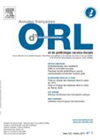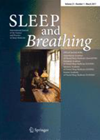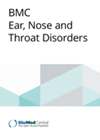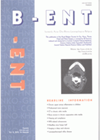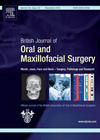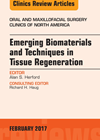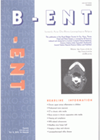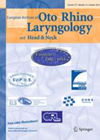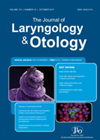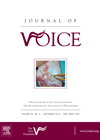
Journal Reviews
eNOS and OME
The pathophysiology of otitis media with effusion (OME) is multifaceted. The authors tackled the nitrous oxide (NO) and platelet activating factor (PAF) pathways and the genetic polymorphism of endothelial nitrous oxide synthetase (eNOS). DNA analysis by PCR and restriction fragment...
The sleep nasendoscopy learning curve
There seems to be no accepted way of surgically assessing patients with sleep disordered breathing (SDB). Because of this, clinicians fall roughly into three camps: those who just use one operation for all patients, those who have given up surgery...
Comparison of outcomes after septoplasty
For this prospective study, the authors assessed the quality of life (QoL) with the rhinosinusitis SNOT-20 (Sino-Nasal Outcome Test-20) questionnaire and the symptoms on a visual analogue scale (VAS) in all patients undergoing nasal septal surgery. The patients reported the...
Paper patching for aural fullness
This Belgian prospective study reported on the effect of paper patching on aural fullness of unknown aetiology. It looked at 22 patients who complained of aural fullness without any middle ear pathology. The patients were divided into a treatment group...
Anterolateral thigh cutaneous flap or radial forearm free flap for tongue defect reconstruction?
Free flap reconstruction is the gold standard in tongue reconstruction, aiming to restore function such as swallowing, cosmesis and speech. The anterolateral thigh cutaneous flap and the radial forearm free flap are among the most popular free flaps used for...
Tissue engineered flaps
This article provides a thorough summary of the current techniques available in head and neck reconstruction. It details the challenge of restoration of form and function posed by the shape of the craniofacial skeleton and soft tissue. The introduction on...
Literature review of experience with the BAHA Attract implant
The authors undertook a literature review for reports on patients who underwent BAHA Attract implantation. Of the 497 PubMed articles, 10 studies met their inclusion criteria. All the studies published were observational studies. There were no randomised control trials. The...
Blood type and epistaxis
In this Turkish study, the authors attempted to determine if there was an association between ABO blood type and epistaxis. They looked at 359 epistaxis admissions at the same hospital over a three-year period. Only patients with idiopathic epistaxis were...
Do tonsillotomies have a higher revision rate than tonsillectomies?
Tonsillotomies have gained popular acceptance in children with sleep-disordered breathing (SDB) in recent years. Short-term advantages that have been shown in the literature include lower haemorrhage rates, shorter operation times and less pain. Evidence for long-term effects are sparse due...
Does ‘weekend effect’ alter post tonsillectomy haemorrhage rates?
Staffing levels are generally low over the weekends and senior physicians are less easily available. It is generally believed that this affects patients undergoing high-risk surgery. Whether doing tonsillectomy at weekends adds to the risks of post tonsillectomy haemorrhage is...
Lateral wall augmentation for patulous eustachian tube
The problem more commonly attributed to the eustachian tube is lack of its patency rather than it being unduly patulous. This lesser recognised condition is due to loss of peritubal fat volume resulting in concavity of the lateral wall and...
Laryngeal oedema as a side-effect of tyrosine kinase inhibitor therapy
Tyrosine kinase inhibitors (TKIs) such as Imatinib are increasingly being used to treat haematological and solid malignancies. These agents have revolutionised the treatment of chronic myeloid leukaemia in particular. Although better tolerated than most conventional chemotherapy drugs, multiple side-effects have...

